
In the dynamic world of tea packaging, the choice of material for pyramid tea bags is not just a matter of functionality but also an embodiment of the brand's commitment to quality and sustainability. The materials commonly used in the market today—non-woven fabrics (NWF), nylon (PA), biodegradable corn fiber (PLA), and polyester (PET)—each offer distinct advantages and challenges. For businesses looking to enhance their product offerings and align with consumer preferences, understanding these materials is crucial. Let's explore the characteristics and applications of each material to help you make informed decisions in the tea industry.
Different Materials:
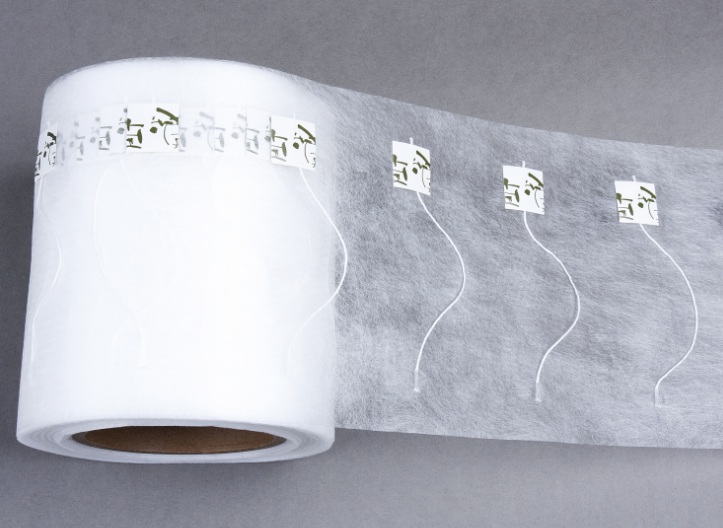
Constructed primarily from polypropylene (PP) granules, non-woven fabric tea bags are produced through a continuous process involving high-temperature melting, filament spinning, web formation, and thermal bonding. This material is recognized for its safety when adhering to quality standards. However, it falls short in terms of tea permeability and visual appeal, offering less transparency compared to its counterparts.
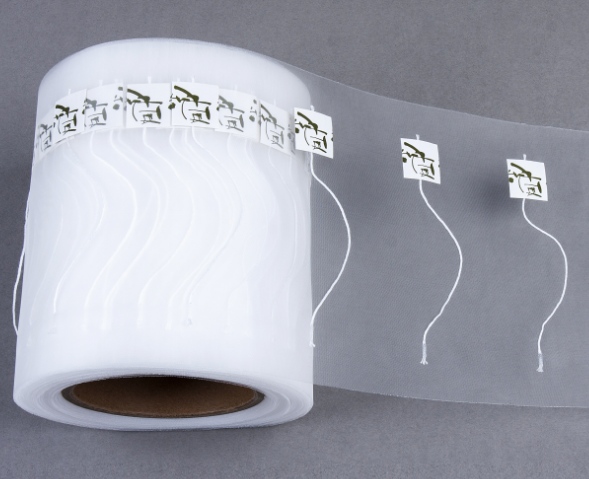
Nylon tea bags have surged in popularity, especially among specialty tea producers. Their robustness prevents tearing and accommodates larger tea leaves without compromising the integrity of the bag. Nylon's larger mesh size enhances the tea's flavor release, while its excellent transparency allows consumers to appreciate the quality and form of the tea leaves within. This combination of features makes nylon an attractive choice for premium teas.
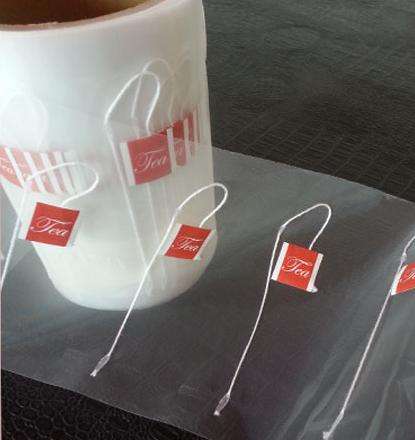
PLA tea bags represent a leap towards sustainability in tea packaging. Made from polylactic acid fiber derived from fermented corn or wheat starch, PLA offers an eco-friendly alternative without sacrificing quality. The material's fine, balanced weave and orderly mesh arrangement rival the visual and functional properties of nylon. Strong and visually appealing, PLA tea bags also support brands in their journey towards environmental responsibility.
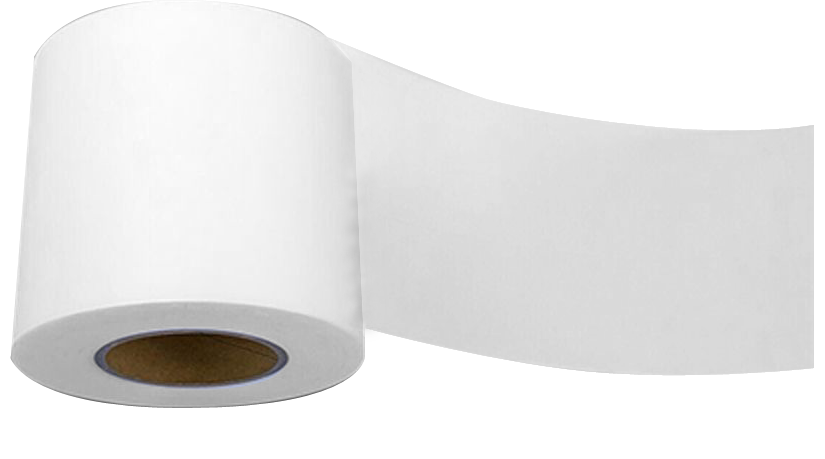
PET tea bags boast high rigidity, transparency, and gloss, making them superior in appearance and function. The material's non-toxic, odorless, and hygienic properties further ensure consumer safety and satisfaction. With a higher rigidity compared to nylon, PET tea bags are an excellent choice for brands emphasizing quality and safety.
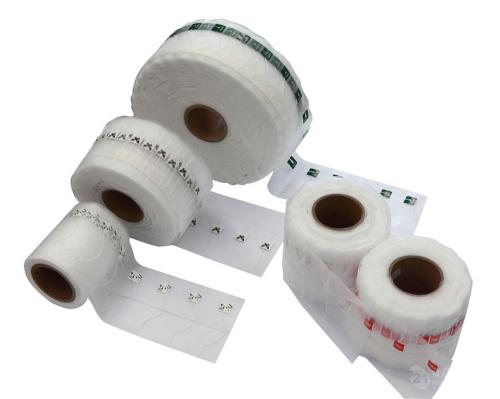
Differentiating between these materials is key to selecting the right option for your tea products:
Non-woven fabric lacks the visual transparency present in other materials.
PET distinguishes itself with superior gloss and a fluorescent look, while nylon and PLA appear similar visually.
Testing for material type can be done through burning (nylon turns black, whereas PLA smells like burning dry grass) and tearing (nylon resists tearing, PLA does not).
In the evolving landscape of tea packaging, making the right material choice is paramount. Each material offers unique benefits, from enhancing the tea brewing experience to aligning with environmental values. As we continue to navigate the preferences of consumers and the needs of the industry, the insights into these materials provide a foundation for businesses to create high-quality, sustainable, and appealing tea products. Embrace the journey of "Brewing Success" by mastering the art and science of pyramid tea bag materials, ensuring your brand stands out in the bustling marketplace.
If you have any questions please feel free to contact us.
Thank you for your watching!